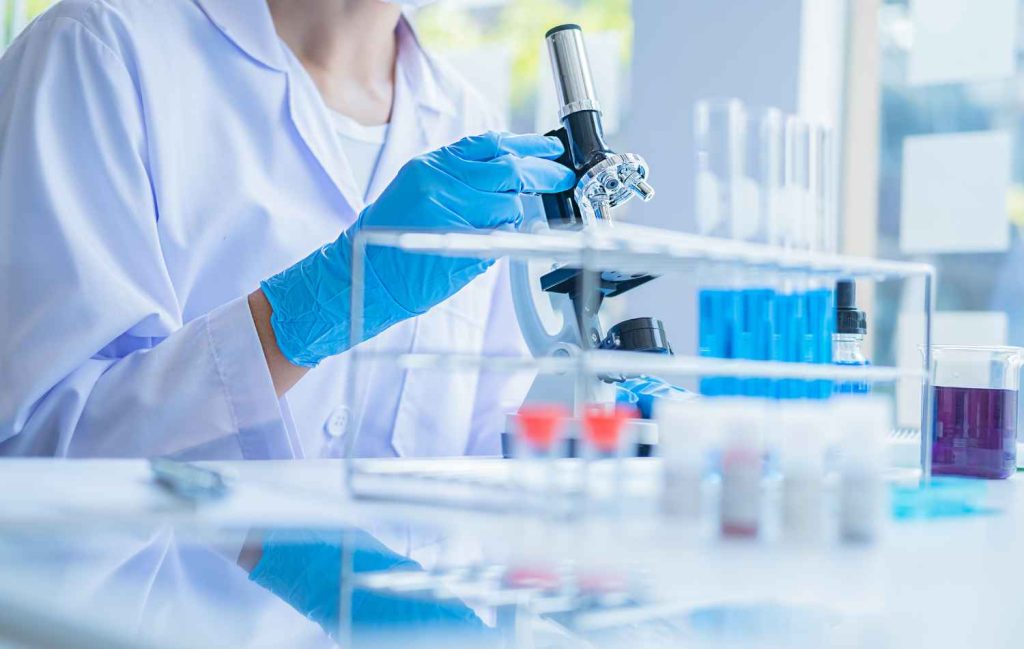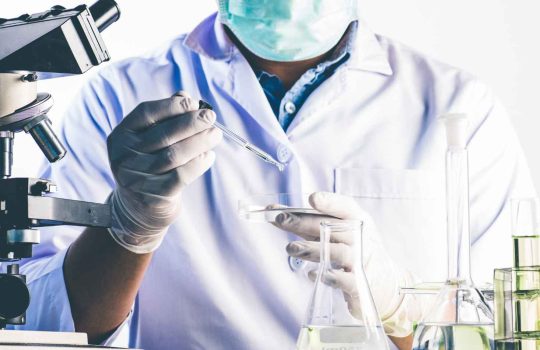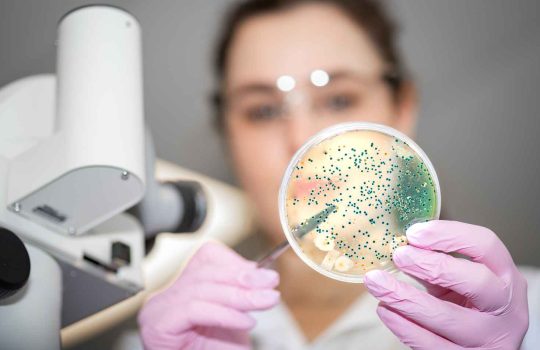
What is Practical Anatomy and Why is it Important?
Practical anatomy refers to the hands-on study of the human body, a foundational aspect of medical education that goes beyond the theoretical understanding provided by textbooks. It involves direct interaction with human bodies, often through dissections and examinations of cadavers, allowing medical professionals to gain a deep, tangible comprehension of human anatomy. This approach is crucial for surgeons, as it offers an unparalleled depth of insight into the complex structures and systems that they will encounter in real-life procedures.
The importance of practical anatomy cannot be overstated. It lays the groundwork for all future medical professionals by providing them with the essential knowledge and skills needed to perform surgeries and medical procedures safely and effectively. By fostering a thorough understanding of the human body, practical anatomy ensures that medical professionals are well-equipped to diagnose conditions, plan treatments, and carry out interventions with the highest level of precision and care.
How Do Minimally Invasive Surgical Techniques Differ From Traditional Surgery?
Minimally invasive surgical techniques stand in contrast to traditional surgery with their emphasis on reducing incision sizes and promoting quicker recovery times for patients. While traditional surgery often requires large incisions to access the area of interest, minimally invasive methods utilize advanced technology, such as laparoscopes and endoscopes, to perform the same procedures through much smaller openings. These tools, equipped with cameras and surgical instruments, allow surgeons to view and work on the internal structures of the body with minimal disruption to surrounding tissues.
The benefits of this approach are significant. Patients typically experience less postoperative pain, shorter hospital stays, and faster return to daily activities. Furthermore, the reduced size of incisions not only minimizes the risk of infection but also leads to less scarring, which is a crucial consideration for many patients. Consequently, minimally invasive techniques are increasingly becoming the preferred method for a wide range of surgical interventions.
In What Ways Does Practical Anatomy Support Minimally Invasive Surgery?
Practical anatomy plays a pivotal role in the advancement and implementation of minimally invasive surgical techniques. This deep, hands-on understanding of the human body is crucial for surgeons navigating the complex landscape of minimally invasive procedures. Here’s how practical anatomy underpins the success of these advanced surgical methods:
Precision and Safety: The inherent complexity of minimally invasive surgery, with its reliance on small incisions and remote visualization tools, demands a precise understanding of anatomy. Surgeons equipped with a detailed, practical knowledge of the body's structures can navigate its intricacies with greater accuracy, minimizing the risk of damaging surrounding tissues. This precision is paramount in ensuring patient safety and achieving the desired outcomes of surgery.
Adaptation to Technological Advances: Minimally invasive surgery is heavily dependent on technological advancements, such as robotic systems and high-definition imaging. Practitioners with a solid foundation in practical anatomy are better positioned to adapt these technologies to their work, understanding how they can be employed to access and manipulate specific anatomical structures with minimal intrusion.
Innovative Surgical Techniques Development: The evolution of minimally invasive techniques is often driven by a surgeon’s understanding of anatomy. Those with extensive practical experience are at the forefront of developing new methods that further reduce patient trauma and improve recovery times. Their anatomical knowledge allows them to envision innovative ways to approach surgical challenges, leading to breakthroughs that can transform standard practices.
Enhanced Training and Education: Practical anatomy provides the cornerstone for training the next generation of surgeons in minimally invasive techniques. By mastering anatomy through hands-on practice, medical students and residents develop the tactile and visual skills necessary for these procedures. This foundational knowledge ensures that they are well-prepared to adopt and excel in minimally invasive surgery, carrying its benefits into the future of healthcare.
In conclusion, the symbiotic relationship between practical anatomy and minimally invasive surgery is undeniable. A profound understanding of anatomy not only enhances the efficacy and safety of these procedures but also drives innovation and education in the field.
What are the Benefits of Combining Practical Anatomy with Minimally Invasive Techniques?
Combining practical anatomy with minimally invasive surgical techniques offers a wealth of benefits, revolutionizing the landscape of modern surgery. This combination improves surgical accuracy, patient outcomes and overall effectiveness of medical procedures. Here are some of the main benefits:
Improving surgical accuracy and safety: An in-depth understanding of the practical anatomy allows surgeons to navigate the complex structures of the body with confidence during minimally invasive procedures. This knowledge is essential in avoiding vital organs and blood vessels, thereby reducing the risk of intractable complications. The accuracy afforded by this understanding, combined with the reduced invasiveness, significantly improves patient safety.
Faster patient recovery: Minimally invasive techniques, characterized by smaller incisions, cause less tissue damage and blood loss. When surgeons apply their detailed anatomical knowledge to these procedures, they can further minimize trauma to the body. This leads to faster healing times, less pain and a faster return to patients ' daily activities.
Reduced hospitalization and costs: The effectiveness of combining practical anatomy with minimally invasive methods often translates into shorter hospital stays. Patients recover faster and with fewer complications, reducing the need for prolonged medical supervision. This not only improves the patient experience but also significantly reduces healthcare costs associated with longer hospital admissions.
Enhanced educational opportunities: The fusion of practical anatomy and minimally invasive techniques provides a rich educational platform for students and medical professionals. It fosters an environment of continuous learning and innovation, equipping new generations of surgeons with the skills to perform advanced procedures safely and efficiently.
Increased patient satisfaction: Ultimately, the synergy between practical anatomy and minimally invasive surgery leads to better surgical outcomes, which directly affects patient satisfaction. Patients benefit from fewer scars, reduced pain and faster recovery times, improving their overall health experience.
In conclusion, the combination of practical anatomy with minimally invasive techniques and the combination of biotechanatomy not only drives the field of surgery forward but also significantly improves patient care. This approach represents the pinnacle of surgical innovation, and promises a future in which interventions are safer, more effective and less burdensome for patients.


